Conservation Practices/BMP Examples

To provide a fixed route of travel for moving livestock, produce, equipment, and supplies; and to provide access for proper operation, maintenance, and management of livestock or conservation enterprises while controlling runoff to prevent erosion or improve water quality.
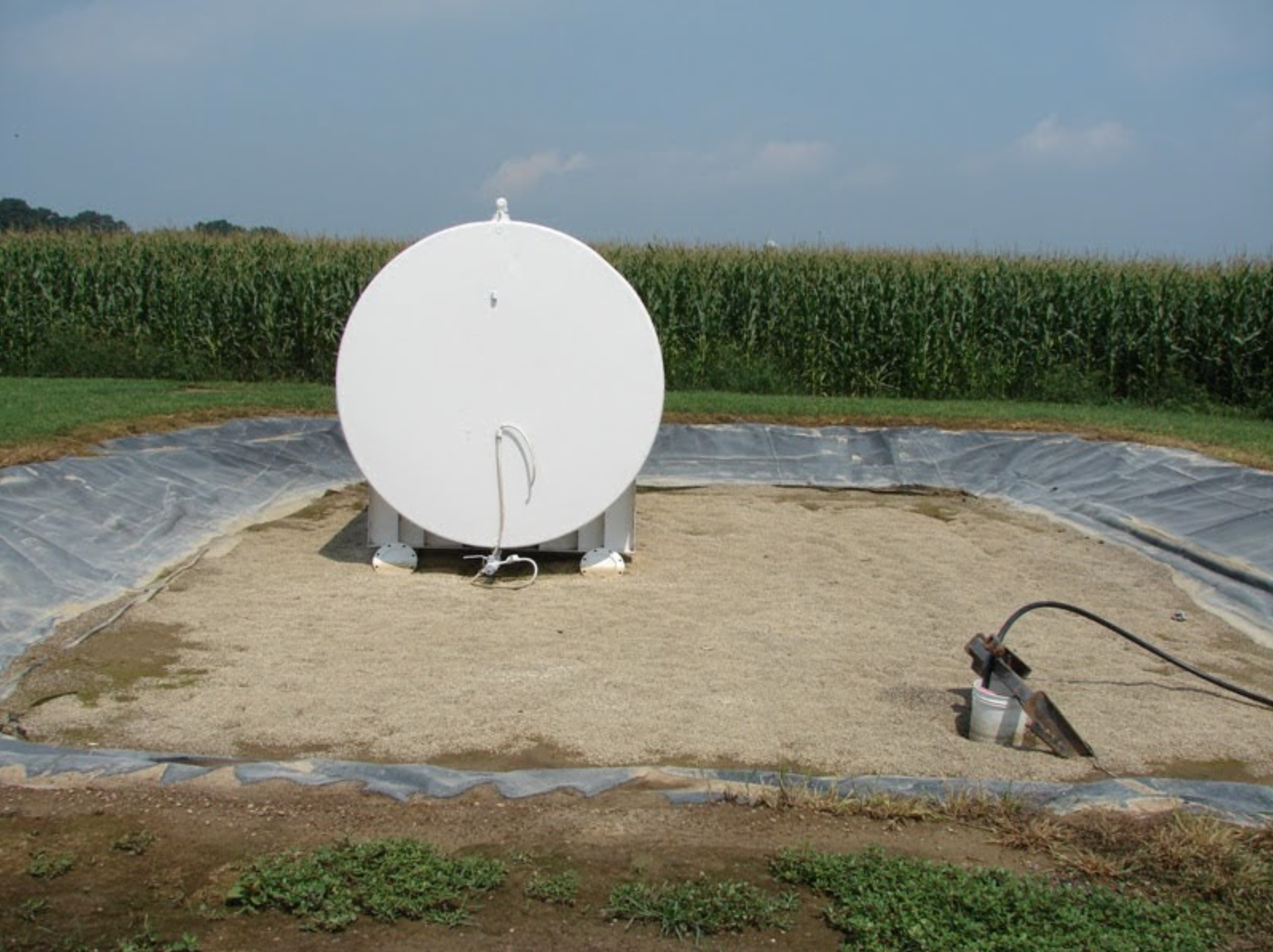
A facility with an impervious surface to provide an environmentally safe area for the handling of on-farm agrichemicals.

This practice establishes close-growing grasses, legumes or small grain crops to provide seasonal protection. Cover crops help improve soil and water quality by reducing soil erosion, increasing organic matter and capturing and recycling nutrients in the soil profile. Cover crops can also be used to fix atmospheric nitrogen, reduce soil compaction, manage soil moisture and provide supplemental forage for livestock. Click the link to watch a VIDEO of Aerial Seeding of Cover Crops.
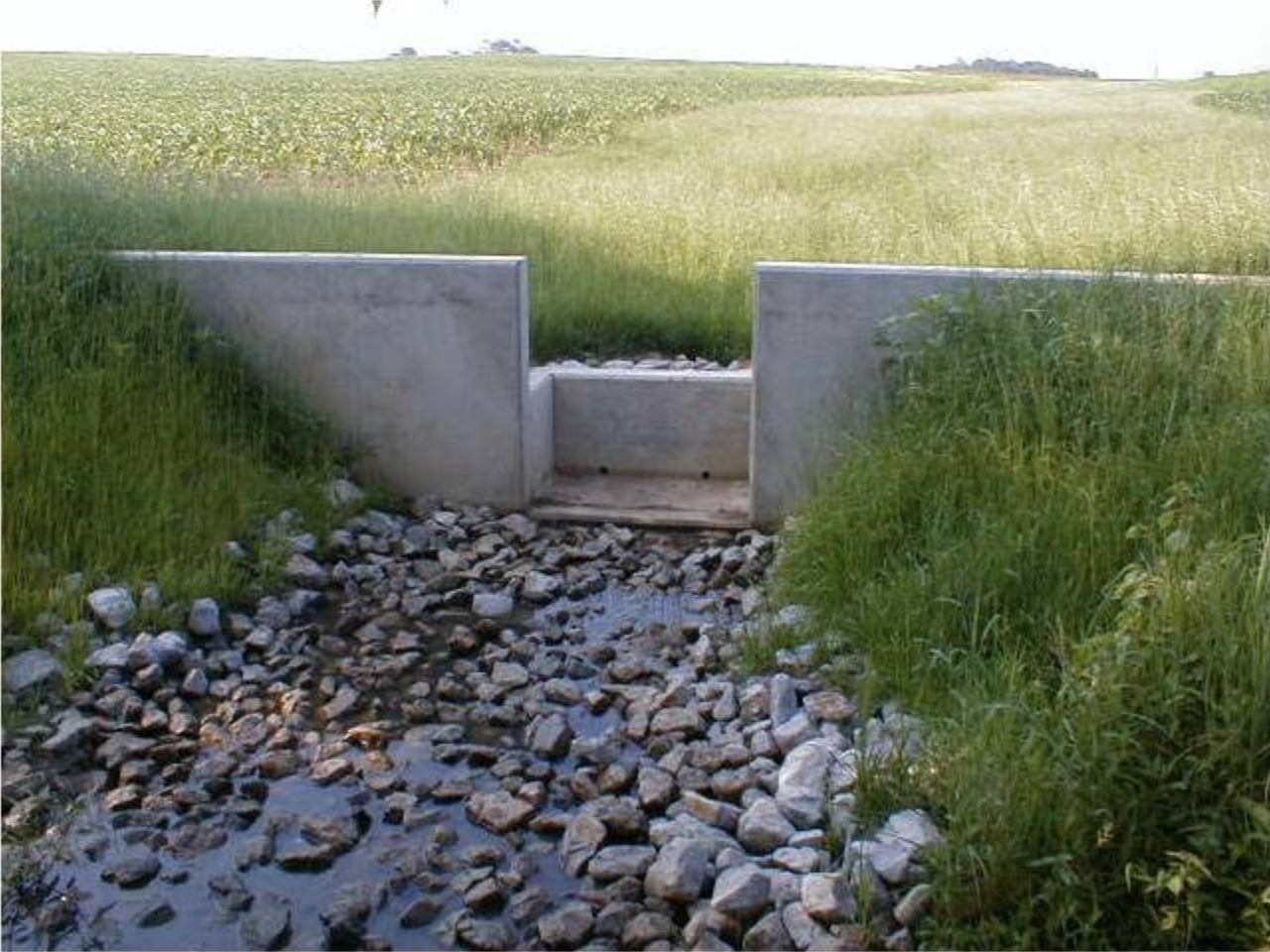
A structure used to control the grade and head cutting in natural or artificial channels.

A natural or constructed channel that is shaped or graded to required dimensions and established with suitable vegetation. Click the link to watch a VIDEO of Grassed Waterway Construction.

A seasonal polyethylene covered structure with no electrical, heating, and/or mechanical ventilation systems that shelters crops and extends the growing season in an environmentally safe manner.
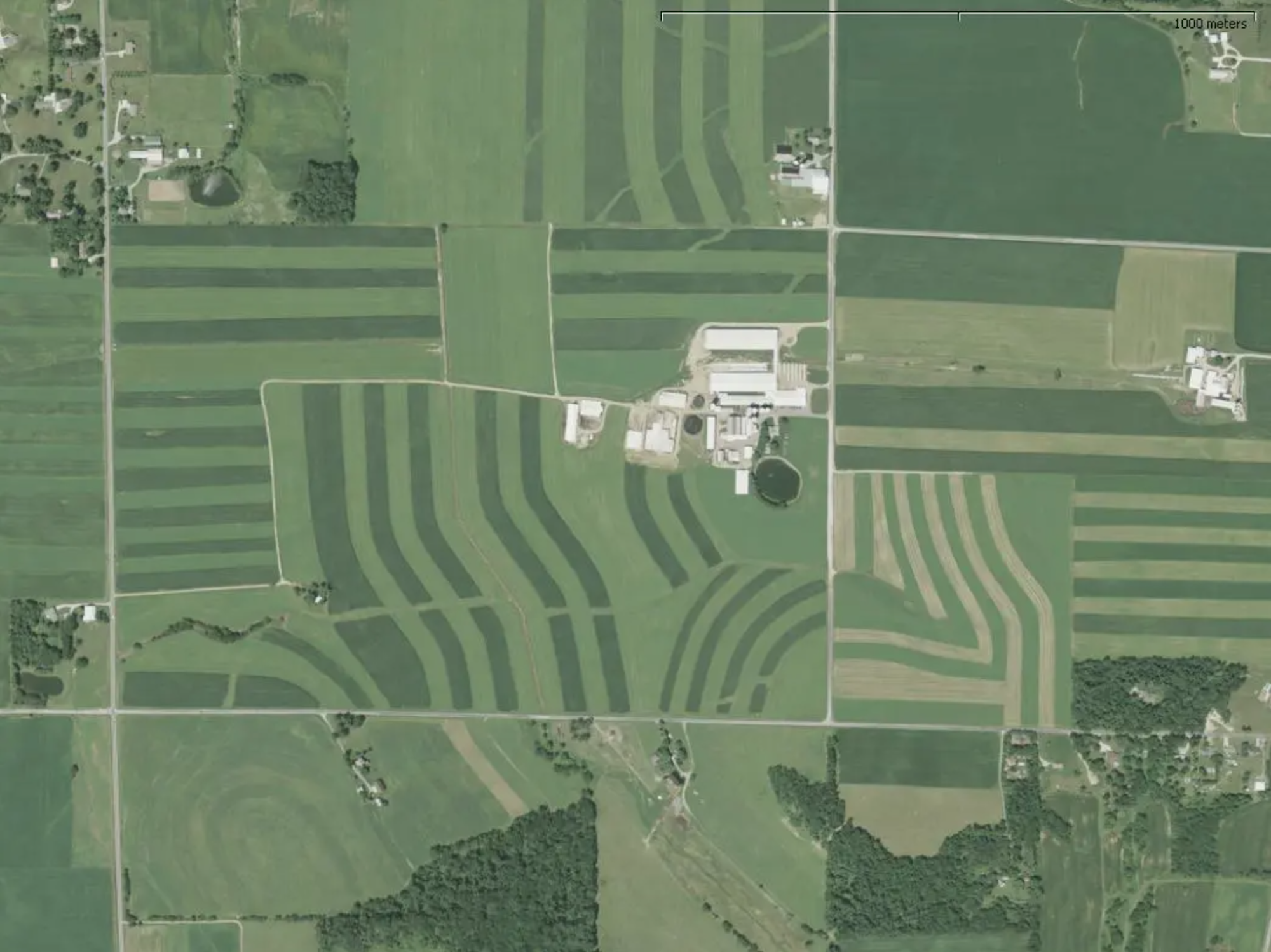
Growing row crops, forages, small grains, or fallow in a systematic arrangement of equal width strips on or near the contour of the field slope.

This practice facilitates the accomplishment of conservation objectives by providing a means to control movement of animals and people, including vehicles. Including (1) exclude livestock from areas that should be protected from grazing; (2) control livestock where permanent fencing is installed as a component of a rotational grazing system; (3) confine livestock on an area; (4) control domestic livestock while permitting wildlife movement; (5) regulate access to areas by people, to prevent trespassing, or for purposes of safety.

A strip or area of herbaceous vegetation situated between cropland, grazing land, or disturbed land (including forest land) and environmentally sensitive areas.

Removing unmerchantable and unwanted trees, shrubs, or vines from wooded areas.
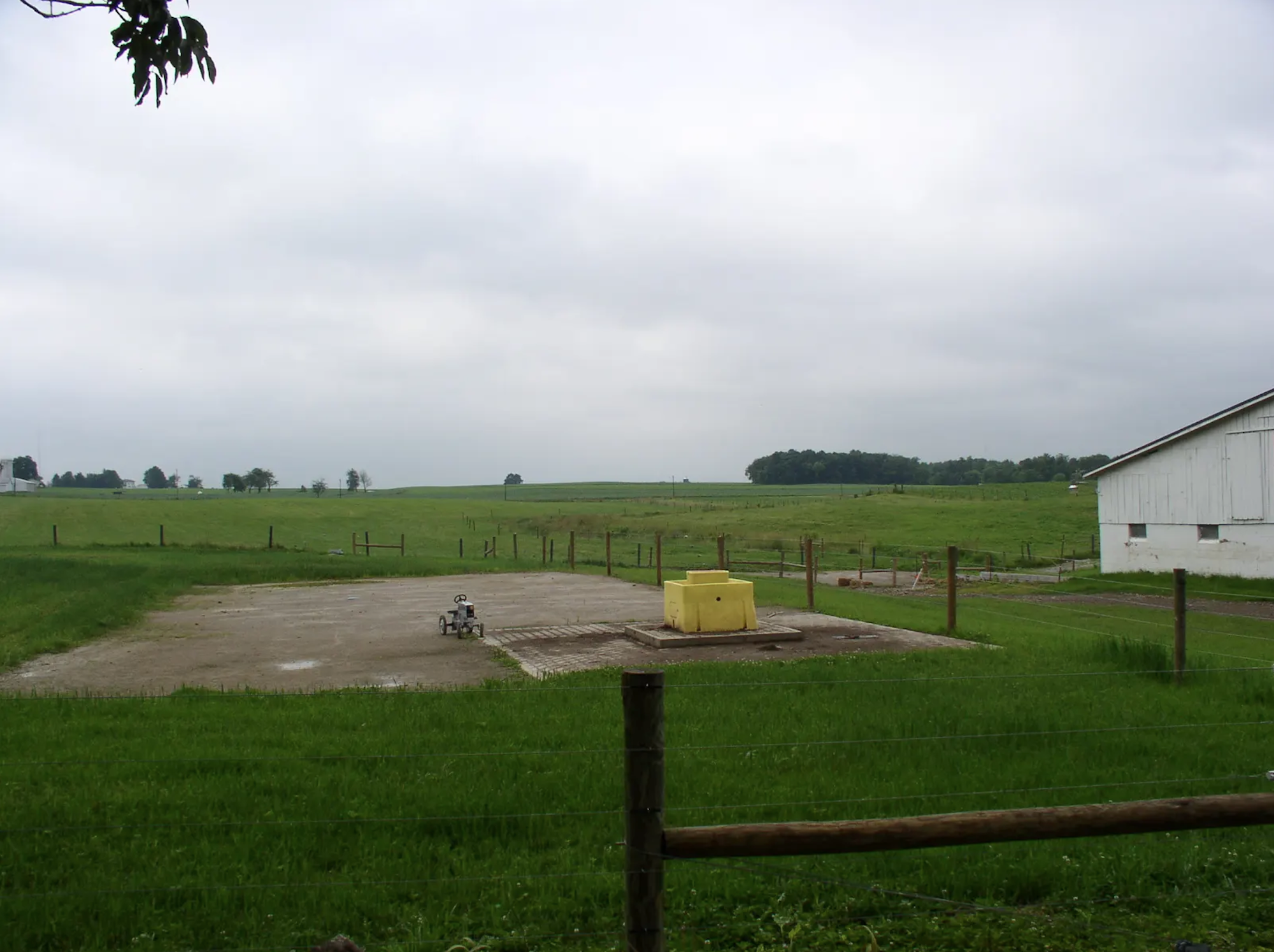
Protecting heavily used areas by establishing vegetative cover, by surfacing with suitable materials, or by installing needed structures. This standard also includes protecting areas used for livestock feeding and watering, loafing, exercising, or confinement by surfacing with suitable materials, and installing control structures, if necessary.
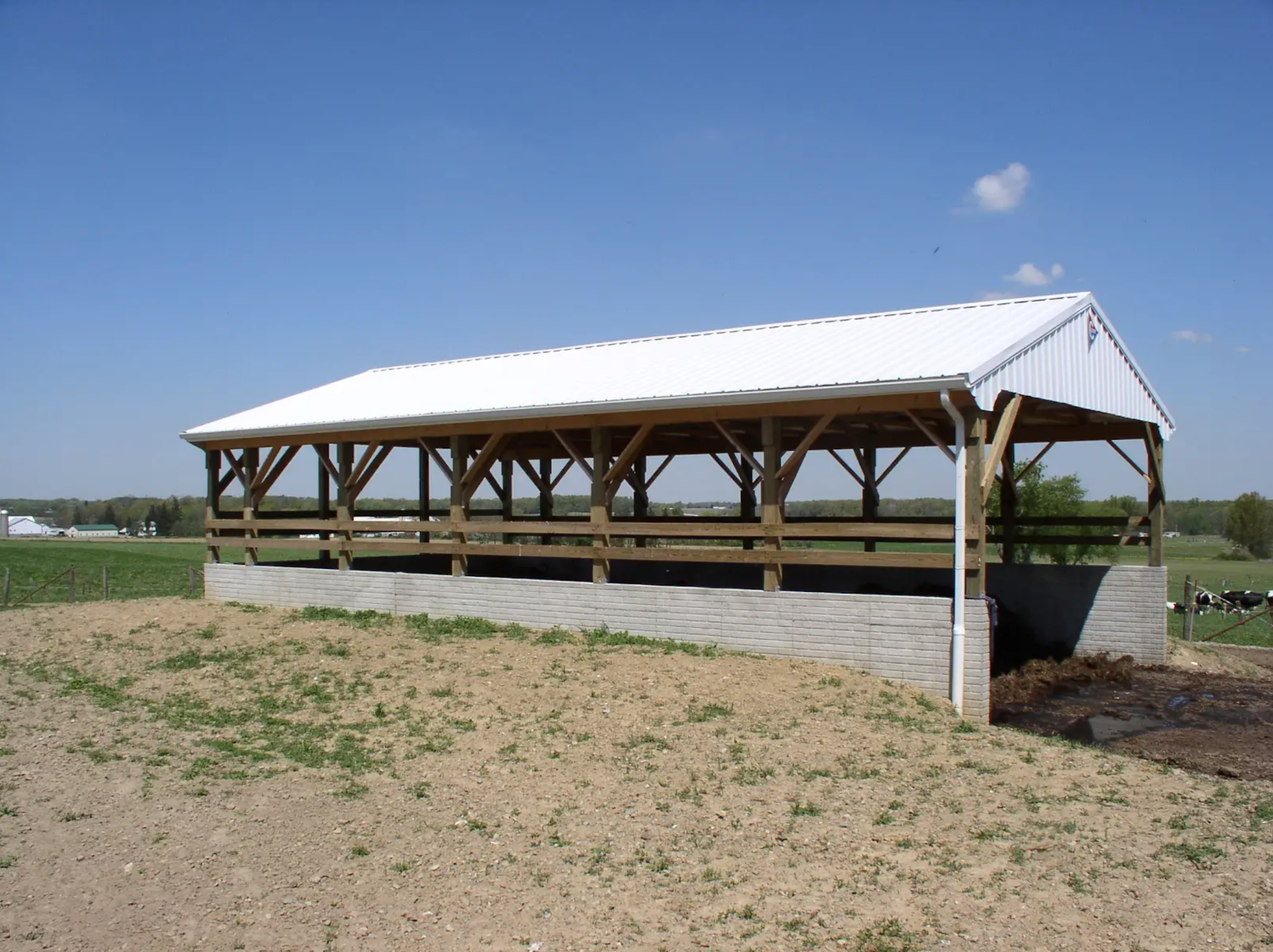
A rigid, semi-rigid, or flexible manufactured membrane, composite material, or roof structure placed over a waste management facility.
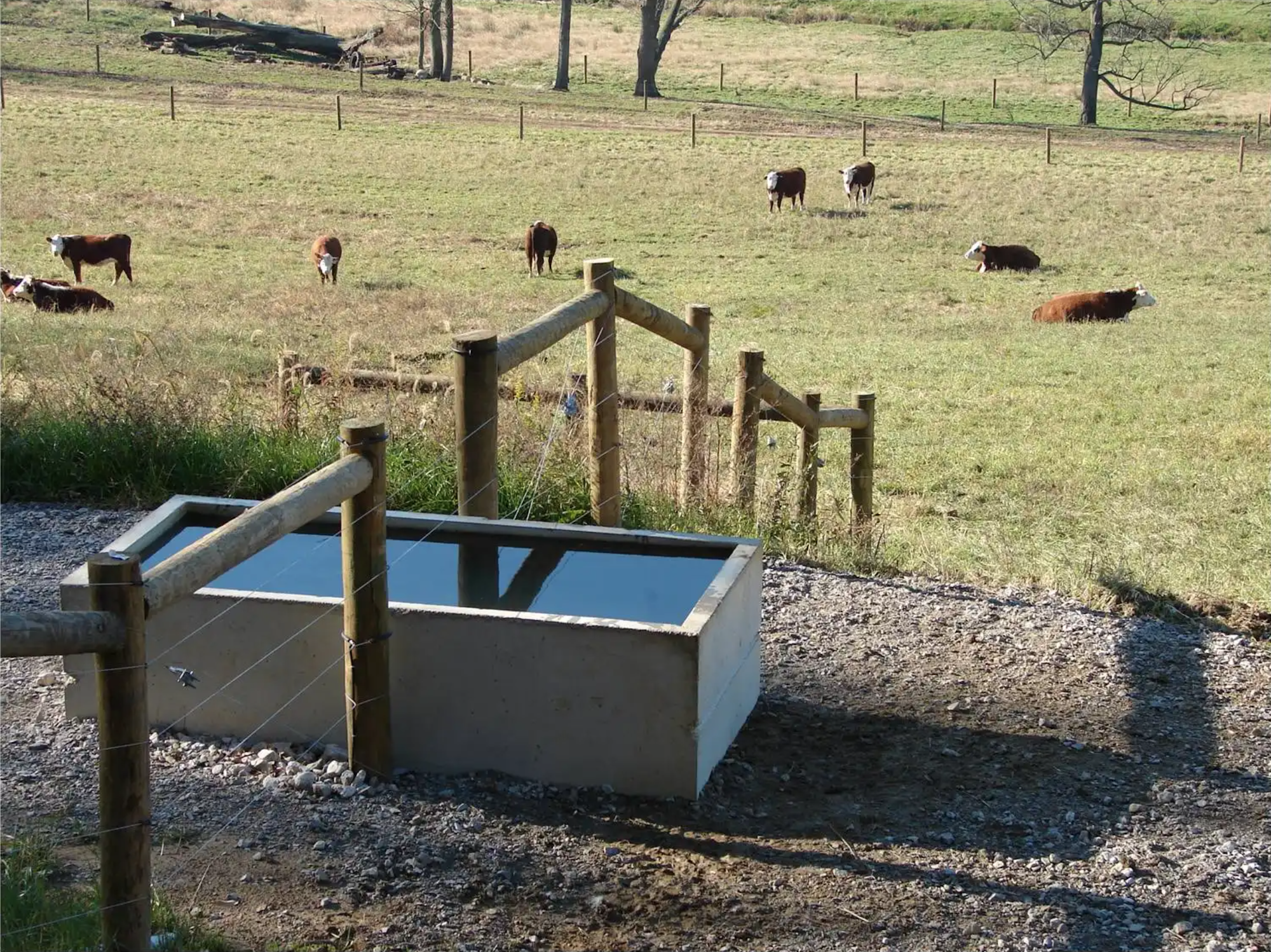
Utilizing springs and seeps to provide water for a conservation need.

A stabilized area or structure constructed across a stream to provide a travel way for people, livestock, equipment, or vehicles. Click the link to watch a VIDEO of Stream Crossing Construction.
Using agricultural wastes such as manure and wastewater or other organic residues.
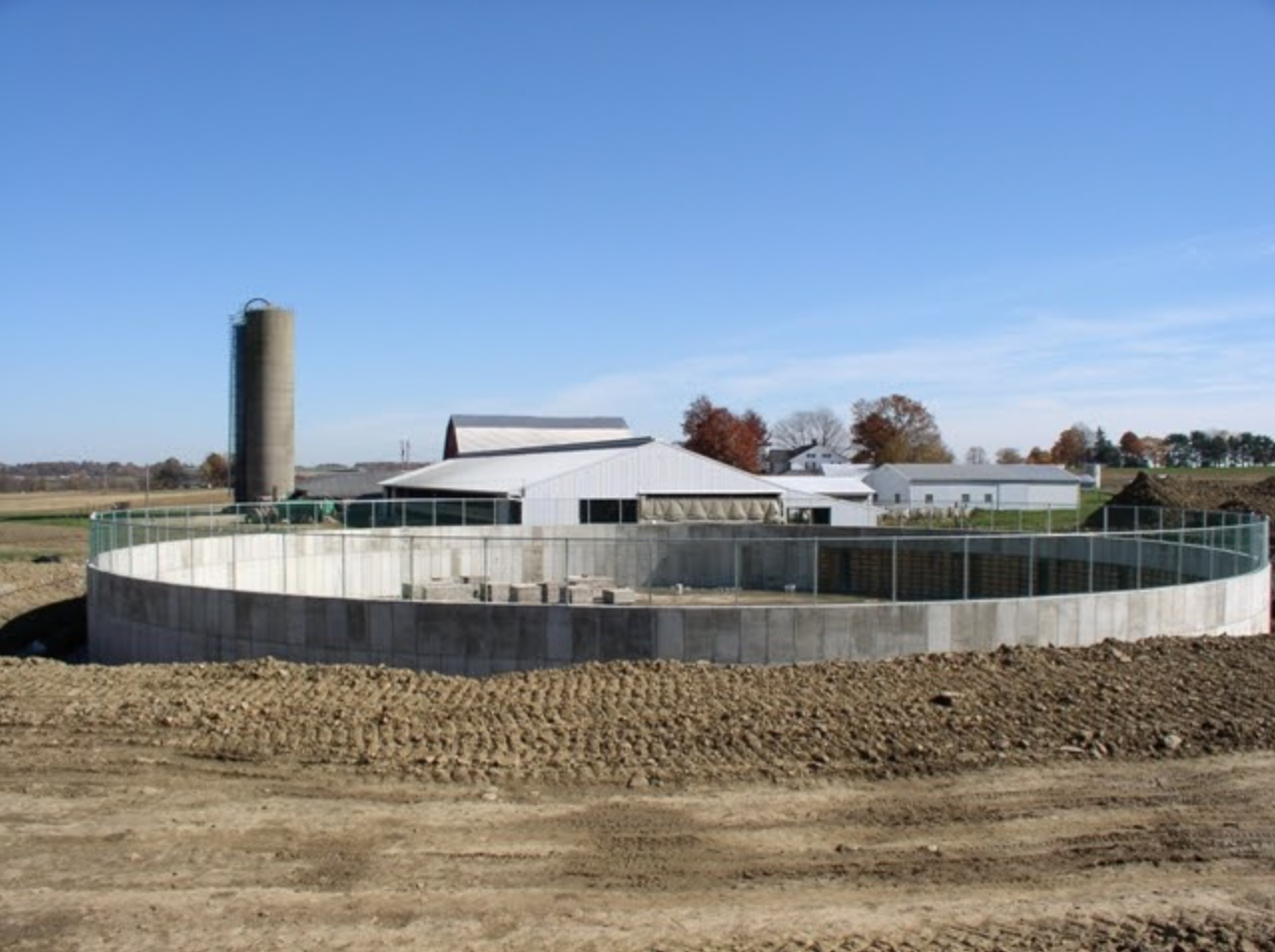
Storage Construction in 30 seconds!
(YouTube video of Concrete storage built for dairy cows in 2009)
An impoundment made by constructing an embankment and/or excavating a pit, or by fabricating a man-made structure.
